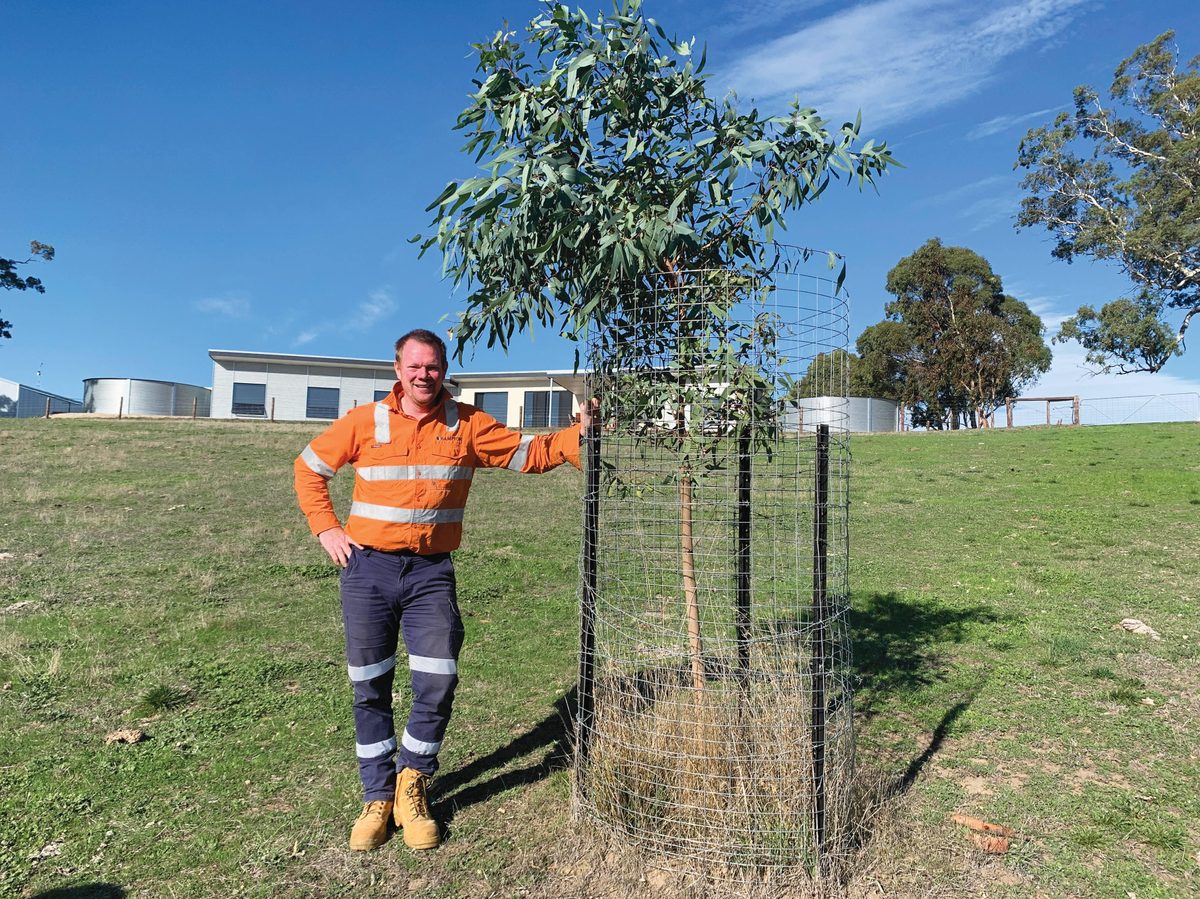Five tools to achieve effective rabbit control
Feral rabbits are one of the most destructive pest animals in Australia. They cause erosion, compete with livestock for feed, and damage native vegetation. For these reasons, all landholders have a legal responsibility to manage feral rabbits on their property.
The good news is that there are many tools available. The key is choosing the right combination for your property and situation and remembering that consistency and collaboration is key to success.
1. Choose a mix of control methods
Feral rabbits can quickly adapt if only one method is used. Combining strategies such as fencing, baiting, warren destruction and habitat modification gives you the best chance of success. Think about the layout of your property, the scale of the problem and what resources you can commit to.
2. Protect your revegetation and gardens
Rabbit-proof fencing is effective for smaller areas and on smaller properties, particularly around revegetation sites, vegetable patches or young trees. Excluding feral rabbits from these areas ensures your efforts to restore or protect vegetation aren’t wasted. Individual tree guards are also an effective barrier for small tubestock plantings, but the rabbits will still eat any vegetation sticking out the top. At first glance fencing or modifying existing fencing can seem the most expensive option but rabbit control is an on-going task so in the long term a staged approach to fencing could be a better option.
3. Remove shelter and destroy warrens
Rabbits need somewhere to hide and breed. Destroy or collapse warrens where possible and clear piles of branches, green waste, pallets or other items that create cover. Removing this shelter makes your property far less attractive to rabbits and means they can’t breed on your property. Vacant warrens will be re-occupied by other rabbits so if you can’t remove them try to block the entrances with rocks or other solid material.
4. Use baiting where appropriate
Baiting can be very effective when carried out at the right time and in the right way. Options include:
- Pindone-treated carrots – available from Landscapes Hills and Fleurieu distribution days between December and April (for properties over 1000 m²).
- Pindone-treated oats – available from some hardware and agricultural stores.
- RHDV K5 (calicivirus) treated carrots – also available at our March distribution days.
- Bait with 1080 oats - available for some properties over 5 hectares, subject to meeting other criteria
Baiting works best in summer when food is scarce, and the number of dependent young is low. It should always be part of an integrated approach, not a stand-alone solution. Before considering this option, make sure it’s the right fit for your situation and remember that before purchasing pindone baits at our distribution days, you must undertake our mandatory online training to endure safe and effective use that minimises the risk of off-target damage. This must be completed annually.
5. Make it a team effort
Rabbits don’t stop at the fence line. Coordinating with neighbours helps prevent reinfestation and leads to better long-term results. Even simple conversations about timing your control efforts can make a big difference.
You will find useful resources and videos, as well as information about our upcoming bait distribution days and mandatory online training on our dedicated rabbit control webpages.



